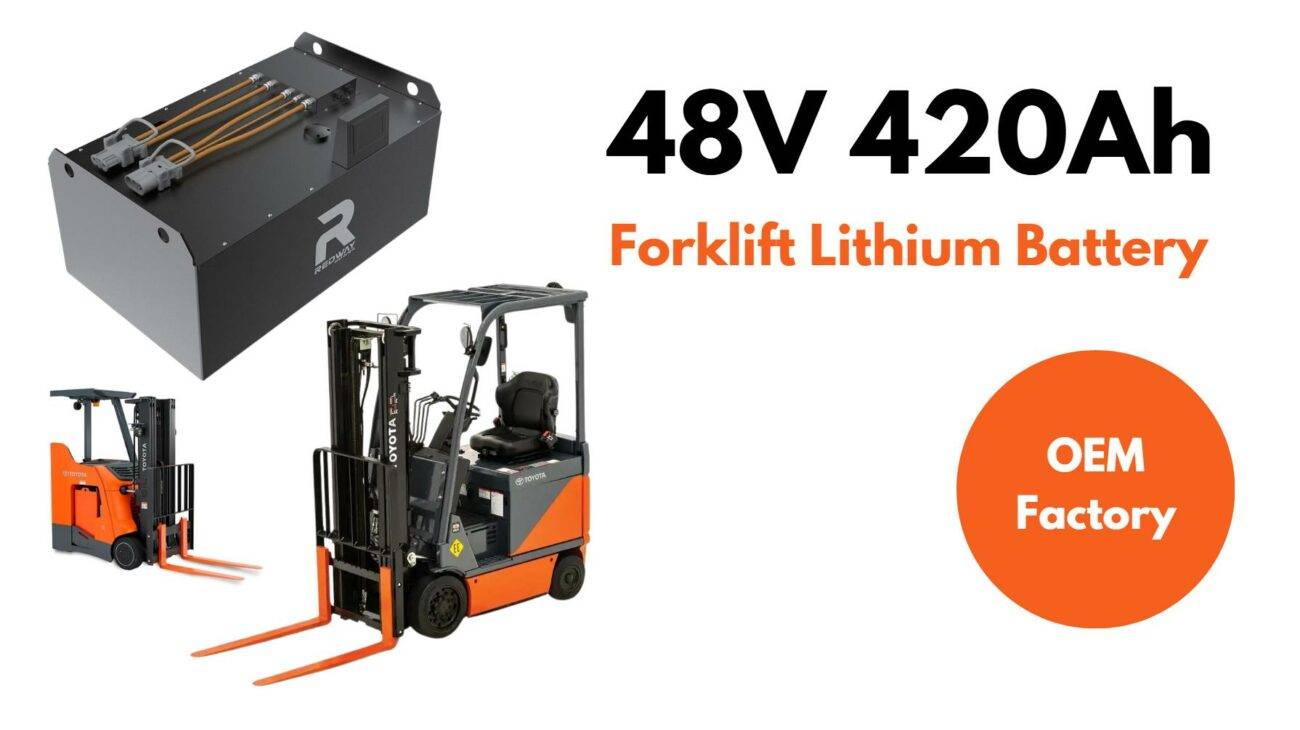
Blog
What Are the Best Lightweight Telecom Battery Solutions for Mobile Devices?
Lightweight telecom battery solutions for mobile devices are advanced power systems designed to combine portability with high energy density. These batteries, such as lithium-ion and lithium-polymer variants, prioritize compact size, durability, and rapid charging to meet the demands of 5G networks, IoT devices, and on-the-go connectivity. They address critical challenges like heat management and lifespan while supporting sustainable practices through recyclable materials.
How Do Lithium-Ion Batteries Compare to Lithium-Polymer in Mobile Telecom?
Lithium-ion (Li-ion) batteries offer higher energy density and longer lifespans, making them ideal for high-demand telecom applications. Lithium-polymer (Li-Po) batteries, however, provide greater flexibility in shape and size, along with improved safety due to lower leakage risks. While Li-ion dominates in capacity, Li-Po excels in customizable designs for compact mobile devices.
Recent advancements have blurred the lines between these technologies. For instance, hybrid designs now incorporate Li-ion’s cobalt-oxide cathodes with Li-Po’s gel electrolytes to achieve both stability and malleability. Applications like drone-based cellular repeaters often use Li-Po for their slim profiles, whereas Li-ion remains preferred for high-capacity 5G signal boosters. Cost differences persist—Li-Po production runs 15-20% higher—but manufacturers offset this through reduced packaging needs. Thermal performance also varies: Li-ion operates optimally between -20°C to 60°C, while Li-Po tolerates wider ambient ranges, making it suitable for outdoor IoT sensors.
| Feature | Lithium-Ion | Lithium-Polymer |
|---|---|---|
| Energy Density | 250-300 Wh/kg | 180-250 Wh/kg |
| Cycle Life | 500-1,200 cycles | 300-500 cycles |
| Flexibility | Rigid casing | Custom shapes |
How Does Thermal Management Improve Battery Safety?
Advanced thermal management systems use phase-change materials and microcooling channels to dissipate heat efficiently. This prevents overheating, which can cause swelling or combustion. Such systems maintain optimal operating temperatures, ensuring stable performance in extreme conditions while safeguarding against short circuits and voltage fluctuations.
Telecom Lithium Batteries Ultimate Guide
Modern solutions integrate graphene-based thermal interface materials (TIMs) that offer 5x better conductivity than traditional silicone pads. For example, Redway Power’s CoolCell series employs hexagonal boron nitride layers to redirect heat away from critical components. Active systems in high-end telecom batteries combine Peltier coolers with predictive algorithms—monitoring load spikes in 5G small cells to preemptively activate cooling. Passive methods like vacuum-insulated panels are gaining traction for outdoor IoT nodes, reducing internal temperature swings by 40% in desert deployments.
| Technology | Heat Dissipation Rate | Application |
|---|---|---|
| Phase-Change Materials | 0.5-1.5 W/mK | Wearable devices |
| Microchannel Cooling | 3-5 W/mK | 5G base stations |
| Graphene TIMs | 8-12 W/mK | Satellite modems |
What Role Do Solid-State Batteries Play in Future Telecom?
Solid-state batteries replace liquid electrolytes with solid conductors, doubling energy density while eliminating flammability risks. Their compact form factor suits millimeter-wave 5G equipment and foldable devices. Though currently costly, their scalability promises longer-lasting base stations and satellite communication tools by 2026.
Industry trials show solid-state prototypes powering micro-towers for 72 hours versus 24 hours with lithium alternatives. Key players like QuantumScape are developing sulfide-based electrolytes that function at -30°C—critical for Arctic telecom infrastructure. Challenges remain in cathode compatibility, but Toyota’s recent breakthrough in plastic-crystal electrolytes suggests consumer-ready models by 2025. These batteries could reduce tower maintenance cycles from quarterly to biennial inspections, slashing operational costs by 60% for rural network providers.
“The shift to lightweight telecom batteries isn’t just about size—it’s a systemic reimagining of energy resilience. At Redway, we’ve seen hybrid systems combining lithium-sulfur and supercapacitors deliver 40% weight reduction without sacrificing output. The next frontier is AI-driven adaptive charging, which tailors power flow to network demands in real time.”
— Dr. Elena Torres, Chief Engineer at Redway Power Solutions
FAQs
- Q: How long do lightweight telecom batteries typically last?
- A: Most last 2-4 years under regular use, though advanced models with BMS can exceed 5 years.
- Q: Are these batteries compatible with all mobile devices?
- A: Yes, provided voltage and size specifications match the device’s requirements.
- Q: Do lightweight batteries require special disposal methods?
- A: Yes. Many contain recyclable materials; consult local e-waste programs for proper handling.




